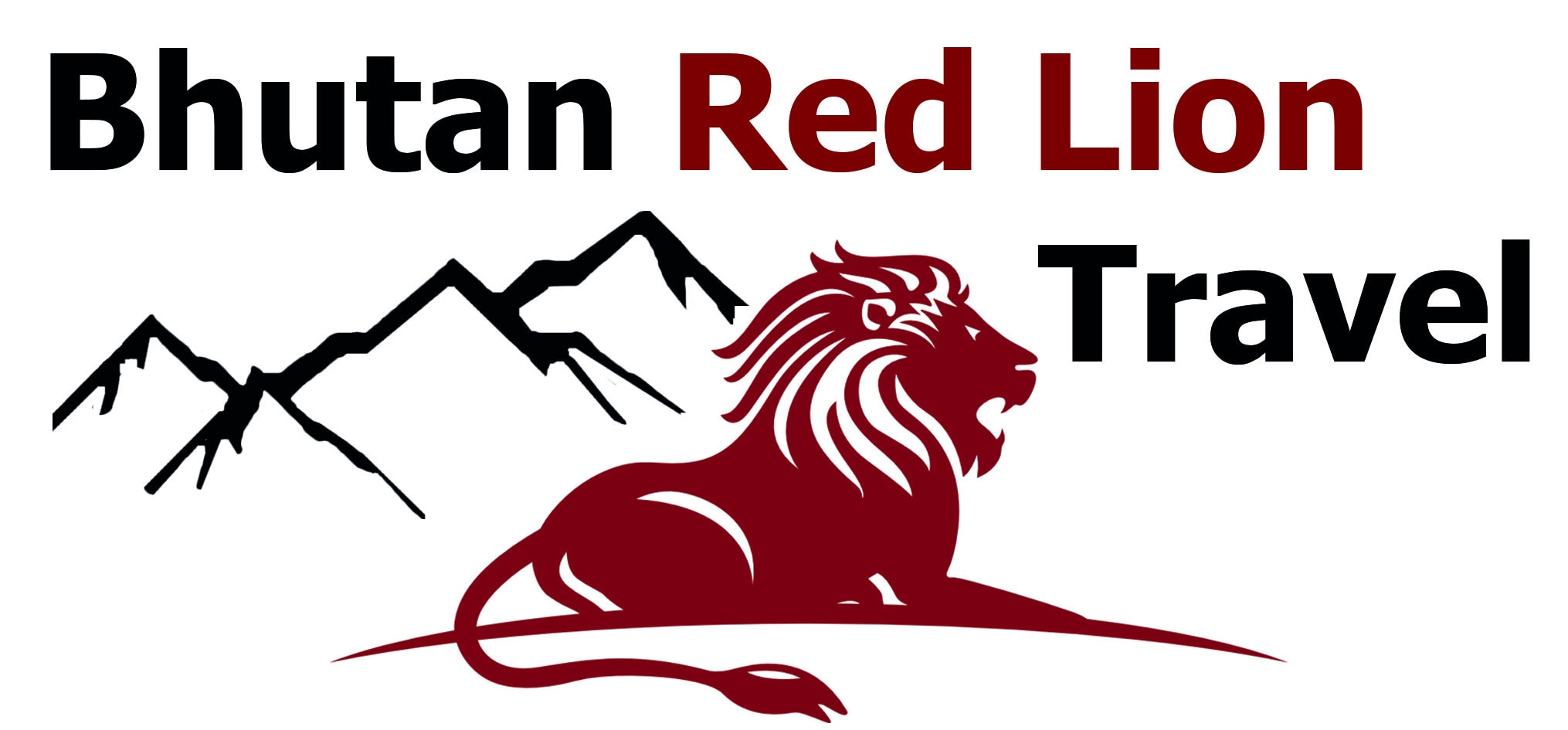This private five-day tour through Bhutan is an example of what you can see and explore. We are happy to customize all tours to your interests and wishes!
- Best travel time: spring and autumn
- Accommodation: hotel or homestays
- Itinerary: Paro - Thimphu - Dochula Pass-Punakha-Thimphu-Paro-Tiger's Nest
- Highest altitude 3,200 metres
- Fitness level: moderate
- Guides: English, other on request
Highlights of the Tour:
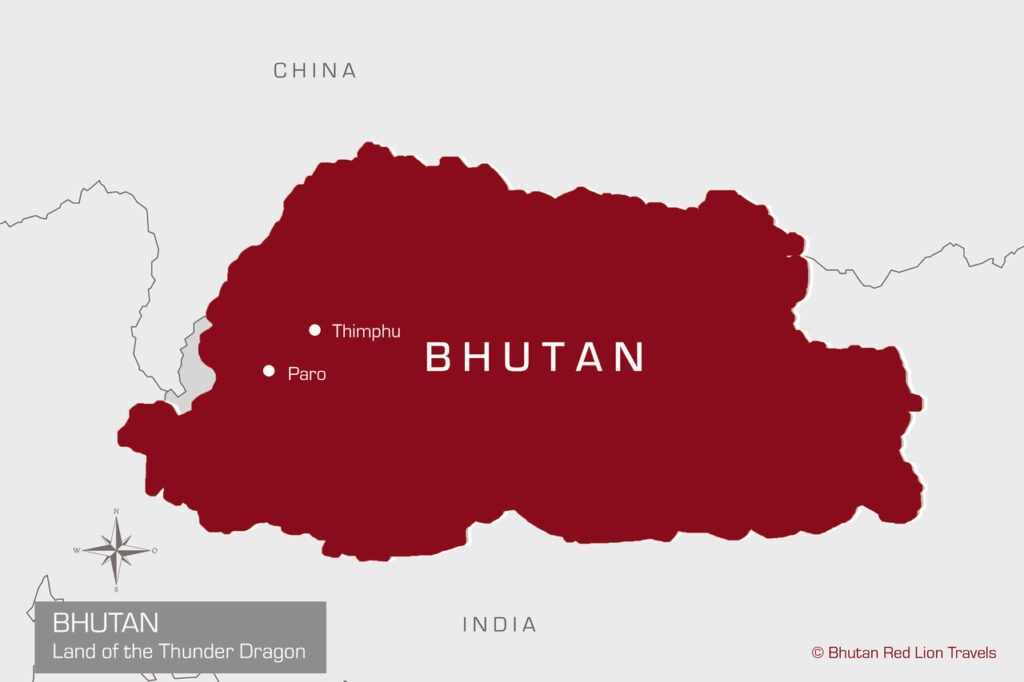
- Visiting the highlights of Paro
- Hike up to the famous Tiger's Nest
- Discover the Dochula Pass and Punakha Valley
- Explore the capital of Bhutan: Thimphu
Sights to See
- Perfect to explore Bhutans famous Sites in a short time
Paro
Tiger's Nest
Thimphu
Dochula Pass
Bhutan Trekking Tour on Druk Path Trek
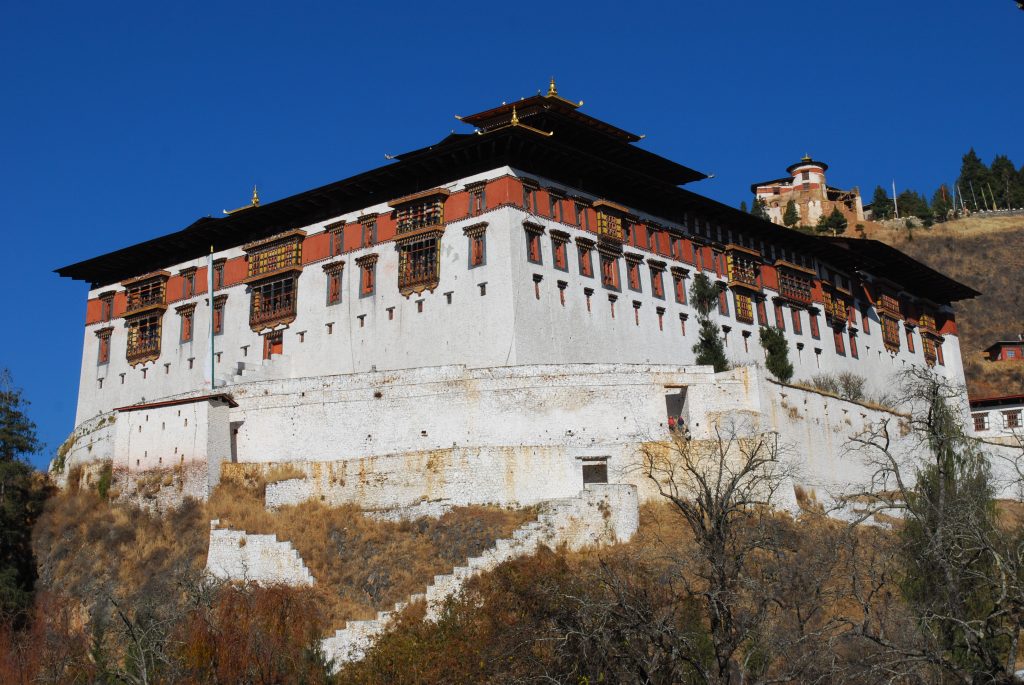
Paro – Thimphu
The flight to Paro offers a breathtaking panorama of the highest mountains in the world. Upon arrival, you meet your guide at the airport. The transfer to Thimphu takes about 1.5 hours. On the way, you will visit the iron chain bridge to Tachogang Lhakhang. The journey continue to Chunzom, where the Paro Chu and Wang Chu rivers meet. Here you can find three different stupas in Nepalese, Tibetan and Bhutanese styles. Drive through charming villages until you reach Thimphu, the capital of Bhutan, located in a wide valley formed by the Wang Chu River and surrounded by high peaks. In the afternoon, you will have time for sightseeing or leisure time in Thimphu. Altitude: 2,300 m.
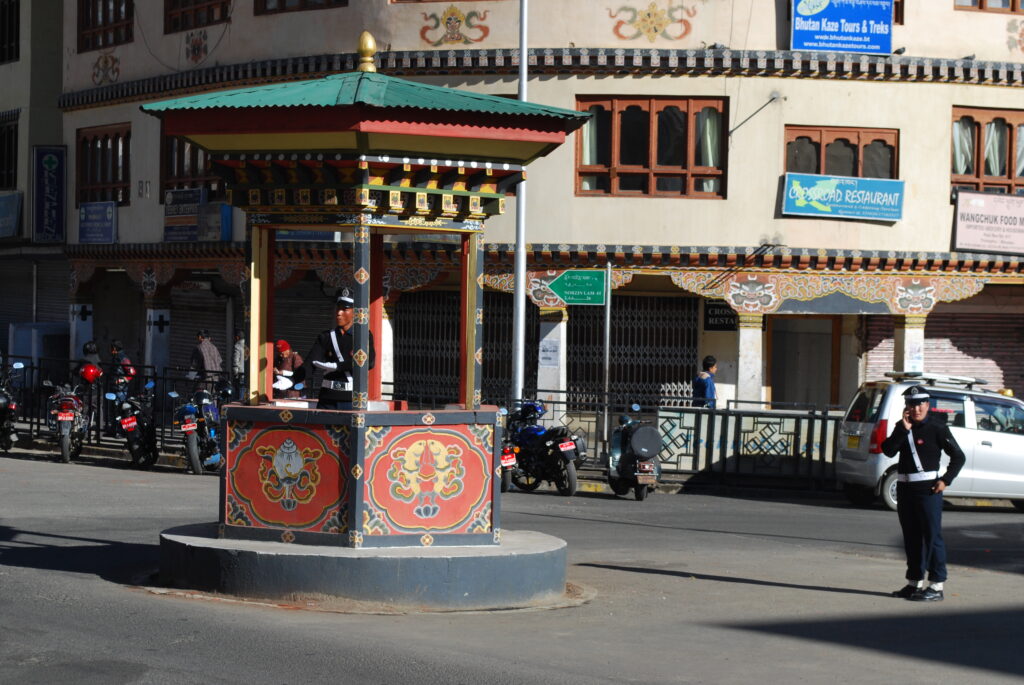
Thimphu
Today you have the opportunity to explore the Thimphu valley. First you visit the Kuensel Phodrang Buddha statue, which rises 50 meters into the sky. On your tour through Thimphu you also visit the impressive Thimphu Memorial Chorten. In Thimphu you visit different weaving workshops and the textile museum. Bhutan is famous for its art of weaving, which is referred to as the „living art of Bhutan“. The tour through Thimphu also leads to the Takin Reserve, which is dedicated to the preservation of the national animal of Bhutan. Later in the afternoon you visit the Tashichho Dzong, which is also the seat of the national government.
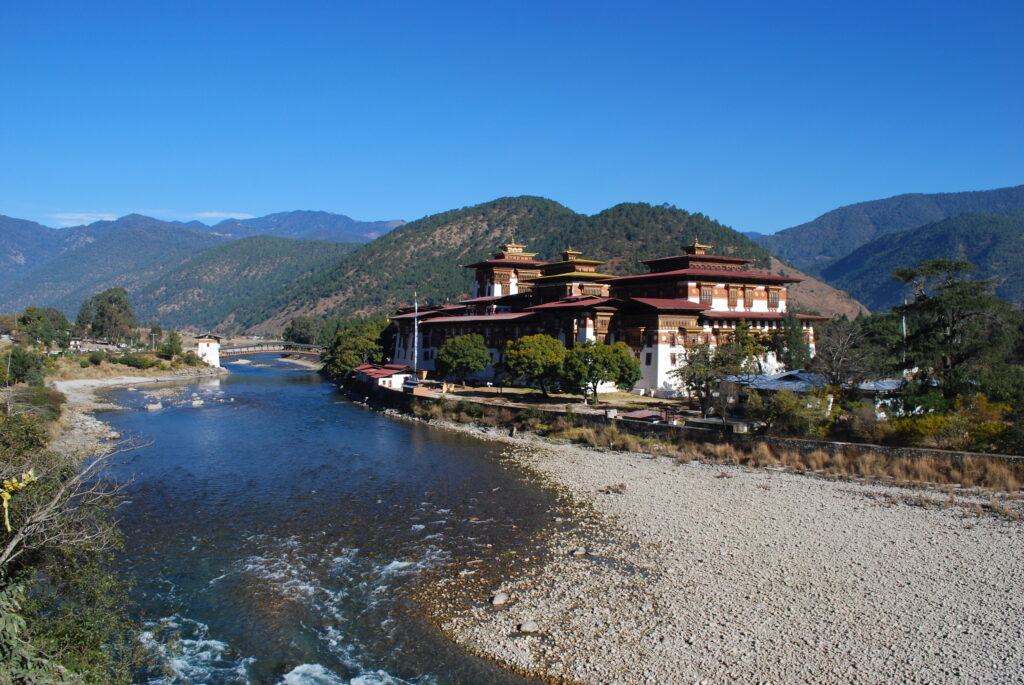
Thimphu – Dochula Pass – Punakha
Today the journey leads towards Punakha. The ride takes about 3.5 hours. On the way you pass the important horticultural center in Yusipang and reach the Dochula Pass at 3,116 meters. You then continue downhill through a beautiful forest of Rhododendron and Magnolia. After lunch you go for a short hike through a village and its surrounding rice paddies and visit the Chimi Lakhang monastery. After your arrival in Punakha you visit the architecturally impressive Punakha Dzong. The Dzong is situated between two rivers, the Pho Chhu (father) and the Mo Chhu (mother). Altitude in Punakha: 1,300m
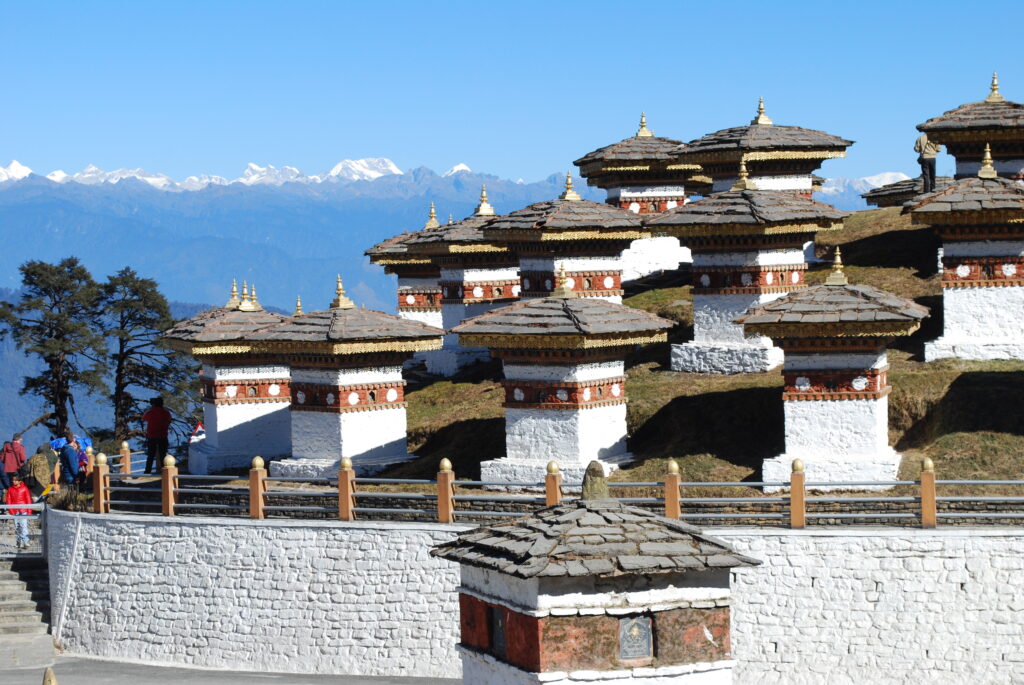
Punakha – Thimphu – Paro
Today you drive from Punakha to Paro. The trip takes around 4 to 5 hours. From your hotel the trip leads back across the Dochula Pass where you stop for a light refreshment and then continue to Timphu for lunch. On the road from Thimphu to Paro you stop at the Simtokha Dzong, which is also the first Dzong in Buthan. Late in the afternoon you can walk through the streets of Paro. Afterwards you get to know your host family at your Bhutanese homestay. Here you can taste, authentic Bhutanese tea and indulge in a traditional relaxing hot stone bath. Altitude in Paro: 2,400m
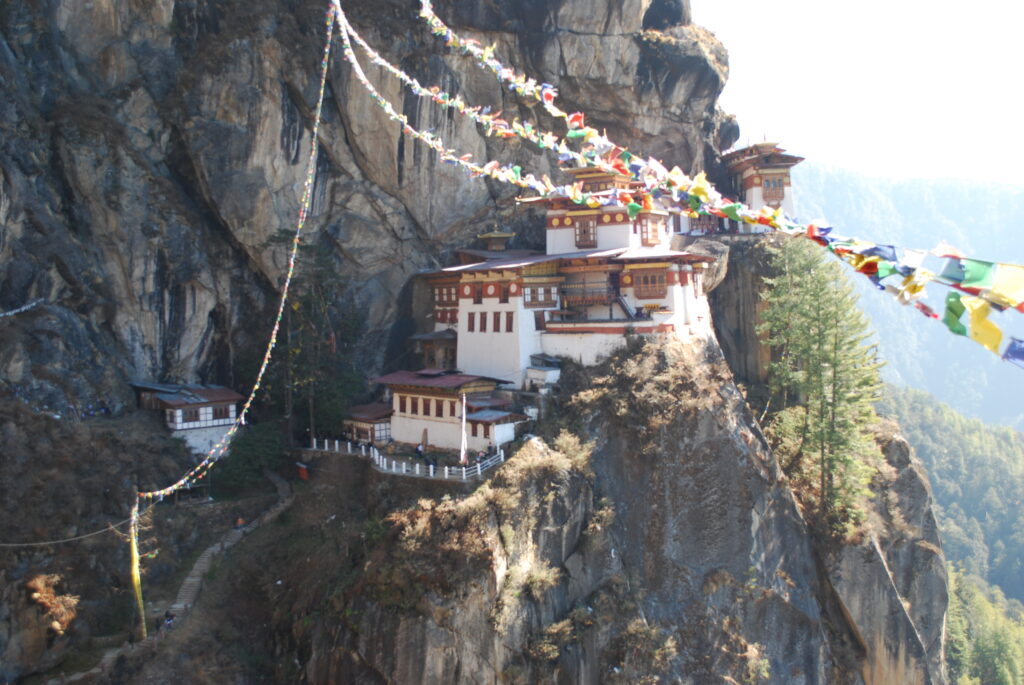
Hike to Taktsang (Tiger’s Nest)
Today is a special day. You visit the spectacular Taktsang monastery (Tiger’s Nest), one of the highlights of Bhutan. It is situated at 3,120 meters above the Paro valley. Legend has it that Guru Rinpoche, the founder of Buddhism in Bhutan, flew to this site on a female tiger’s back. The Tiger’s Nest is one of the most revered and sacred Buddhist places around the world. It is possible to travel a part of the track on horseback. You can spent the rest of the afternoon relaxing or keep exploring with your guide.
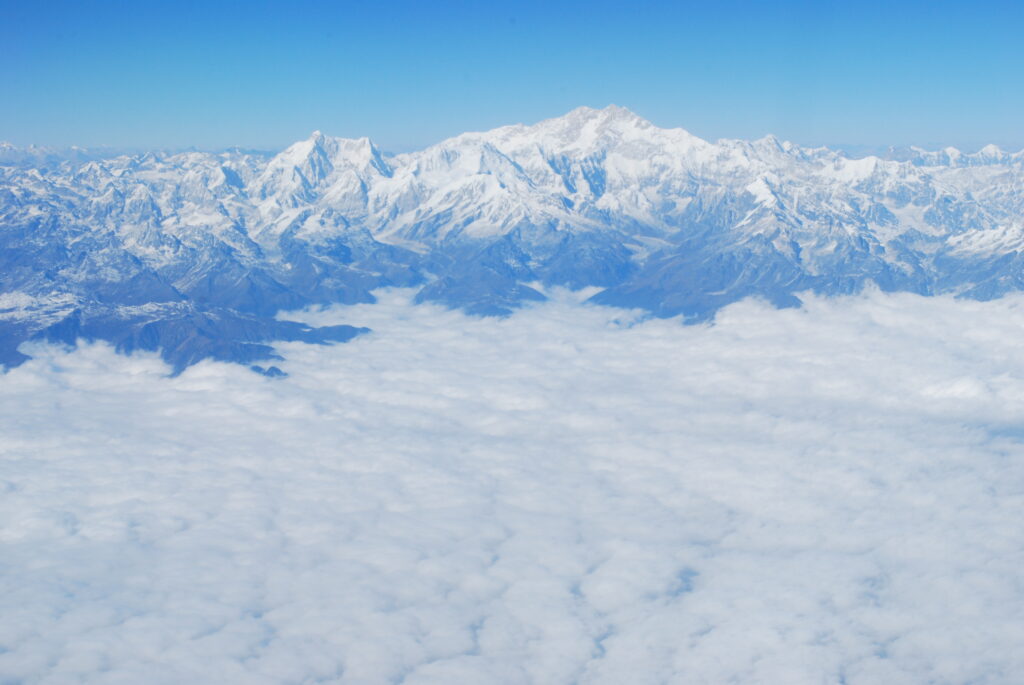
Departure
After breakfast you are transferd to the airport and departure.
FAQ:
Bhutan has implemented special entry regulations to regulate the amount of tourism.
– Travelling into Bhutan is only possible with a visa. This is then only valid for the duration of the booked trip. Your passport must be valid for at least six months.
-Every tourist has to pay a Sustainable Development Fee which is 200 USD per person and night. Special discounts for longer stays are available. Detailed information will be provided during the planning of the trip.
-When planning a trekking trip, a guide is mandataroy.
-In Bhutan you are not allowed to drive a car on your own, you always need a driver.
The climate in Bhutan is divided into three climate zones, so there is no general answer for the best travel time to Bhutan. As a basic rule it can be said that spring and autumn are the best travel times to Bhutan.
-For north Bhutan the best travel time is from March to May and from September to October
-For central Bhutan the best travel time is from April to the end of October
-For south Bhutan the best travel time is from November to March
All guides speak English. German speaking guides are sometimes avaiable on request.
Bhutan is a fascinating country with a rich cultural heritage. Therefore the country offers several famous attractions. Most known attractions are the city of Paro and the capital of Bhutan Thimphu. One of the most known religious sites of Bhutan is the Taktsang Monastery or also called the Tiger’s Nest.
Furthermore Bhutan offers many Monasteries, Dzongs and other religious sites. Bhutan also offers beautiful nature and landscape.
The most common way for European travelers how travel to Bhutan is via airplane. Bhutans only international airport is located in Paro. The national air carrier of Bhutan is called Drukair and operates flights from several cities in Asia, including Bangkok, New Delhi, Kathmandu, Singapore and Dhaka.
Travel by road from India is possible but so far not very common for European tourists.
When planning a trekking tour to Bhutan it is important to know, that a guide is mandatory. And trekking through Bhutan without a Guide is not allowed.
